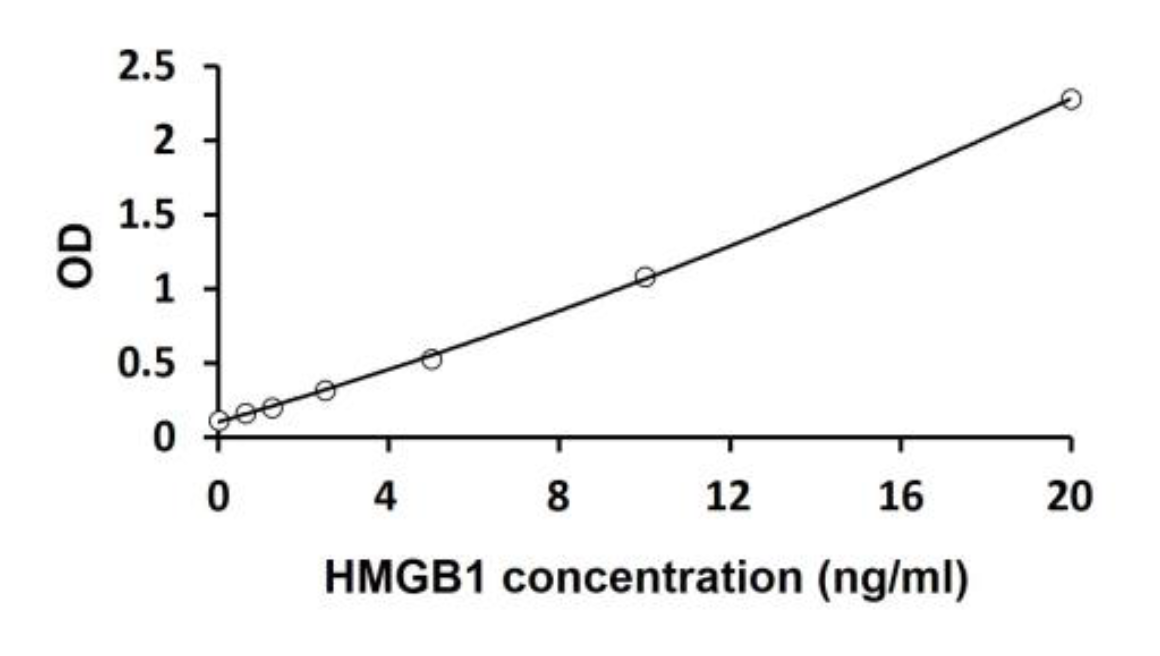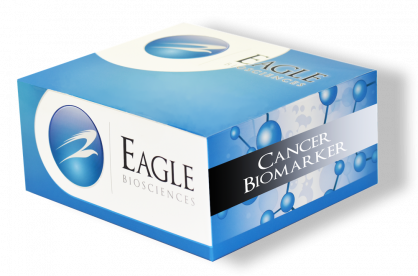HMGB1 Serum ELISA Assay
The HMGB1 Serum ELISA Assay is For Research Use Only
Size: 1 x 96 wells
Sensitivity: 0.4 pg/ml
Dynamic Range: 0.625-20 ng/ml
Incubation Time: 2 hours
Sample Type: Serum
Sample Size: 50 µl
Alternative Names: Multispecies High Mobility Group Box 1
Assay Principle
This assay employs the sandwich enzyme immunoassay technique for the detection of Human/Mouse/Rat HMGB1 in serum samples. An antibody specific for HMGB1 has been pre-coated onto a microtiter plate. Standards or samples are pipetted into the wells and any HMGB1 present is bound on the plate. After washing away any unbound substances, a Horseradish Peroxidase (HRP) conjugated primary antibody binds to HMGB1 is added to each well and incubates. After washing away any unbound antibody-enzyme reagent, a substrate solution (TMB) is added to the wells and color develops in proportion to the amount of total HMGB1 bound in the initial step. The color development is stopped by the addition of acid and the intensity of the color is measured at a wavelength of 450nm ±2nm. The concentration of total HMGB1 in the sample is then determined by comparing the O.D of samples to the standard curve.



